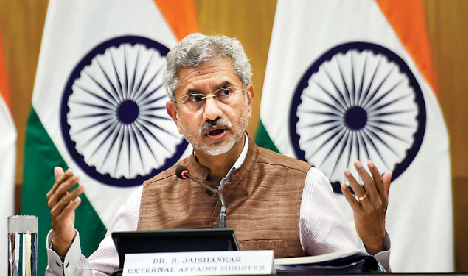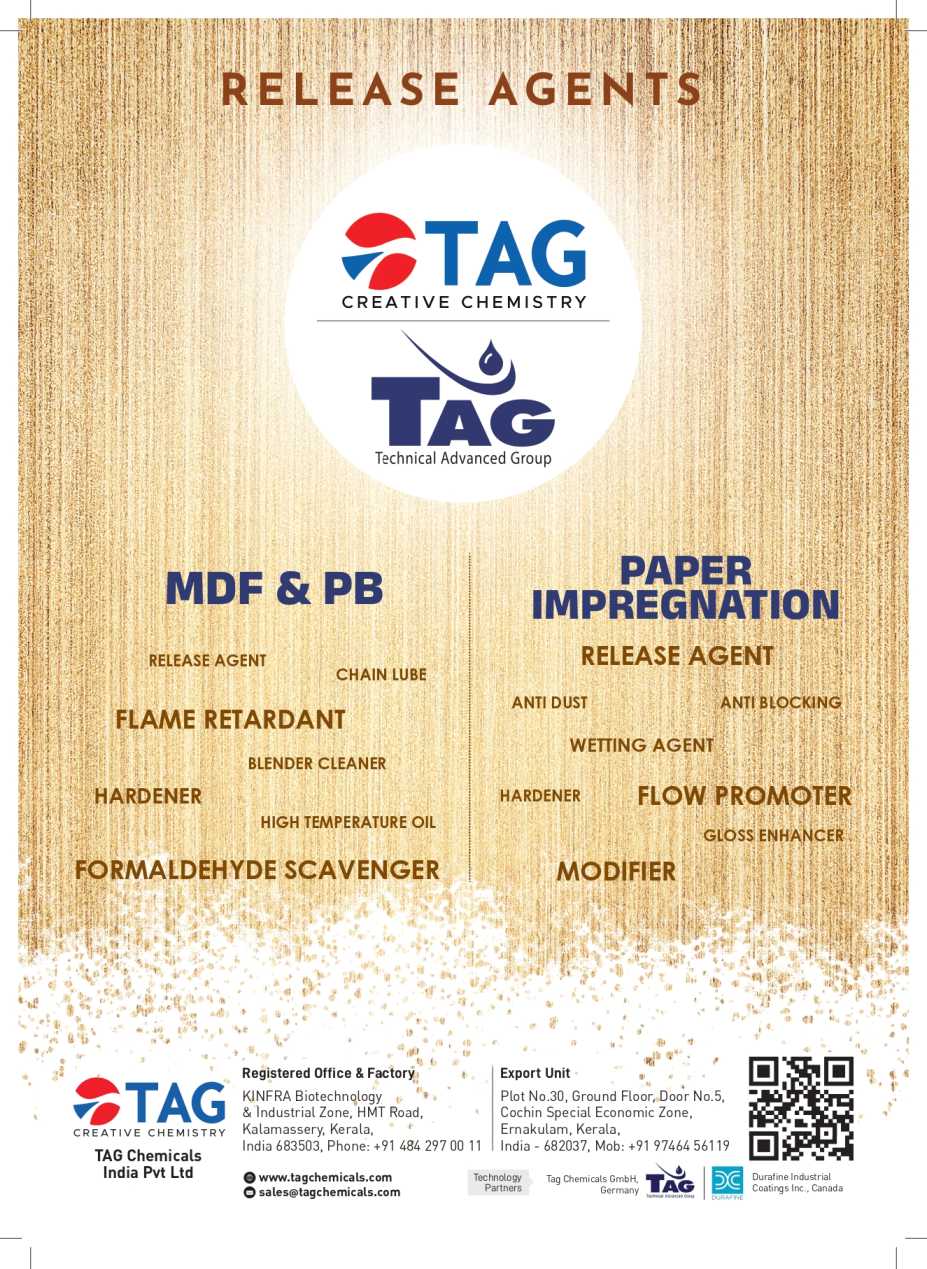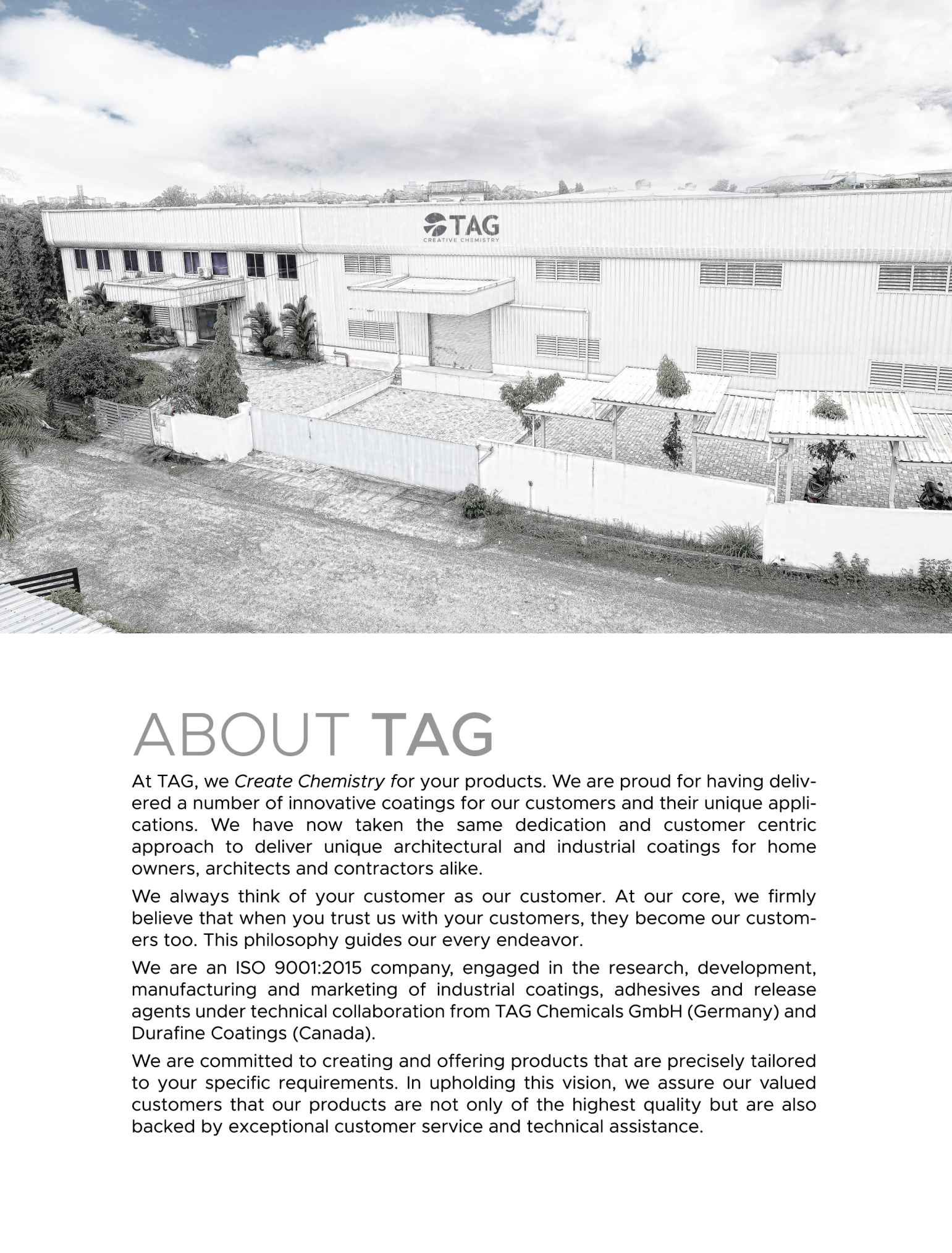
GST: How to Avail ITC if your Supplier has not Uploaded Invoices?
- March 22, 2021
- 0
The Input tax credit (ITC) is the tax paid on the purchase of goods or services which can be set off against the tax liability on the sale of goods or services.
Generally, under the system of GSTR-1 and GSTR-3B, the tax credit is claimed by the recipient based on the sales invoices uploaded by the seller/supplier.
However, the ITC claim will not be allowed in full for any recipient if their suppliers have not furnished the details of their outward supplies.
In this case, the CBIC released an important notification on 9 October 2019, inserting under rule 36(4) of the CGST Rules, 2017.
The rule states that the provisional tax credit (without invoices on GSTR-2B) can be claimed in the GSTR-3B to the extent of 5% of eligible ITC reflected in the GSTR-2B. Hence, the total ITC that can be claimed in GSTR-3B is 105% of the eligible ITC appearing in the GSTR-2B of a particular period.
As per the sub-rule (4) inserted in rule 36 of the Central Goods and Service Tax Rules, 2017, a taxpayer filing GSTR-3B can claim provisional Input Tax Credit (ITC) only to the extent of 5% of the eligible credit available in GSTR-2A. The amount of eligible credit is arrived upon those invoices or debit notes, the details of which have been uploaded by the suppliers in the GSTR-2A only. The new percentage applies from 1 Jan 2021 onwards. The ITC claim was earlier restricted to 10% between 1 Jan 2020 and 31 Dec 2020 whereas it was 20% for the period from 9 Oct 2019 till 31 Dec 2019.
For Example, If a taxpayer is filing his GSTR-3B for the month of February 2021, here is how he would claim the input tax credit in his GSTR-3B after the implementation of the rule, the total eligible ITC is R1,00,000; eligible ITC available in the GSTR-2B will be R60,000; ITC that can be claimed as the provisional credit will be R3,000 (60,000*5%); total ITC that can be claimed in the GSTR-3B will be 63,000; and ITC not allowed in the GSTR-3B of February 2021 will be R37,000.
It is noteworthy that the amount of ITC that is not available in this month will become available once the seller uploads the corresponding invoice(s) in their subsequent GST returns.
So, if the buyer’s GST liability is R80,000, they will have to pay the balance amount of R17,000 in cash (R80,000 – R63,000). If the entire ITC was available, the buyer would not have had to pay anything in cash.
Eligible ITC is the ITC relating to a taxpayer’s business activities such as purchases made, services received, capital assets bought, etc. which is eligible to be claimed to set-off GST liabilities. The GSTR-2B could also contain ineligible ITC reflecting that relates to expenses such as food, club memberships, personal expenditure, etc or even ITC mistakenly reflecting due to the wrong GSTIN entered by a supplier. Hence, only eligible ITC will be considered while calculating the limit for 5% provisional-credit.
In the initial phase of six months, the recipient will have an option to avail ITC on self-declaration basis even on the invoices not uploaded by the supplier by 10th of the next month by using the facility of availing ITC on missing invoices.
The input claimed on the missing invoices by the recipient shall be filed by the seller within next two tax periods from the input claimed by the recipient. If the same is not filed by the supplier, the input claimed by the recipient shall be reversed with interest and penalty.
For example, if Mr. A purchased goods from B in the month of April 2019, B failed to report the same in the April 19 returns. Mr. A has an option to claim the credit in April 2019 returns and B has to report the same by June 19 returns. If B missed reporting the same by June 19 then the ITC claimed by Mr. A shall be reversed in July 19 returns with interest and penalty.
Courtesy: taxscan.in
































































